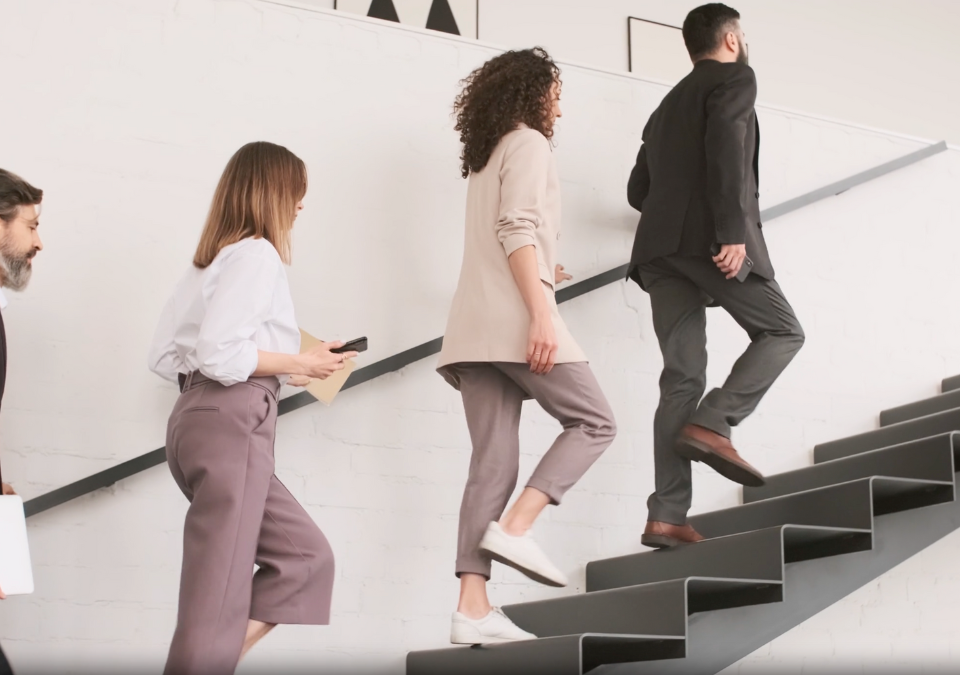Struggling to adjust back into work-mode? You’re not alone
As we transition back into work mode after the holidays, you’re not alone if you are struggling to get into flow. It’s normal to find the adjustment difficult after enjoying a slower pace over the holidays and then needing to step back into the old rhythms and routines of our working lives.
Luckily, there are a few strategies to make the transition back into work in 2025 much smoother. Read on for tips from our co-founder, Dr Sarah Cotton.
Remember, it’s not just you transitioning back
For those of us that may still have full homes (partners still on leave, kids still on school holidays), it may take some time for those around to adjust to us heading back to work and not being as present to put another coat on the clay creation at the drop of a hat.
Having a conversation about this and naming it can be really helpful – we have a well-warn saying at TW, “Even if it is uncomfortable to have the conversation choose discomfort not resentment.”
It might mean putting in place some strategies to help you stay somewhat sane in the last few weeks of the January Juggle (i.e., scheduling a lunch break that enables you to get the kids lunch if they are around, or letting the kids know that if they need lifts, you will need some notice to be able to schedule drop-offs around meetings).
Know that we’re all feeling it
It’s not just you — even those who love their jobs can find the transition back (or seasonal comedown) from holidays tricky.
This year’s transition back to work will be particularly challenging. It may be the first ‘real’ holiday people have had in years. If you’re a leader, empathise with colleagues, and don’t expect everyone to be back all guns blazing.
Refresh your workspace
This can be particularly beneficial if you work from home or have spent a lot of time at home during the break. Clean up your workspace and declutter. Creating a tidy and more personal space can improve your mood.
Plan another break
Are you already dreaming about your next holiday? Book it! Use this time to plan your next break. It will give you something to look forward to and work towards.
Get back to basics
Don’t forget about those building blocks of good health during times of transition – eat, move, sleep, and connect. Uncover the habits and behaviours that make you most energised, happy and healthy in your daily life, and embrace an experimental mindset to try new approaches in 2025.
Know what you enjoy about work
We know that good work is good for us. It helps build connection, mental stimulation, and a sense of purpose and gives structure to our day. In the work we do in the retirement transition, people often miss these things the most when they are no longer working.
Focus on the opportunities, not the challenges
Often, we get stuck by our own fixed return mindsets and boundaries. Spend some time considering what you want to spend more or less time doing in work and life.
The new year brings the opportunity to get out of autopilot and not revert to the same, staid ways of doing things. The last few years have been a time of reflection, and 2025 is an excellent opportunity to put some of these into practice.



